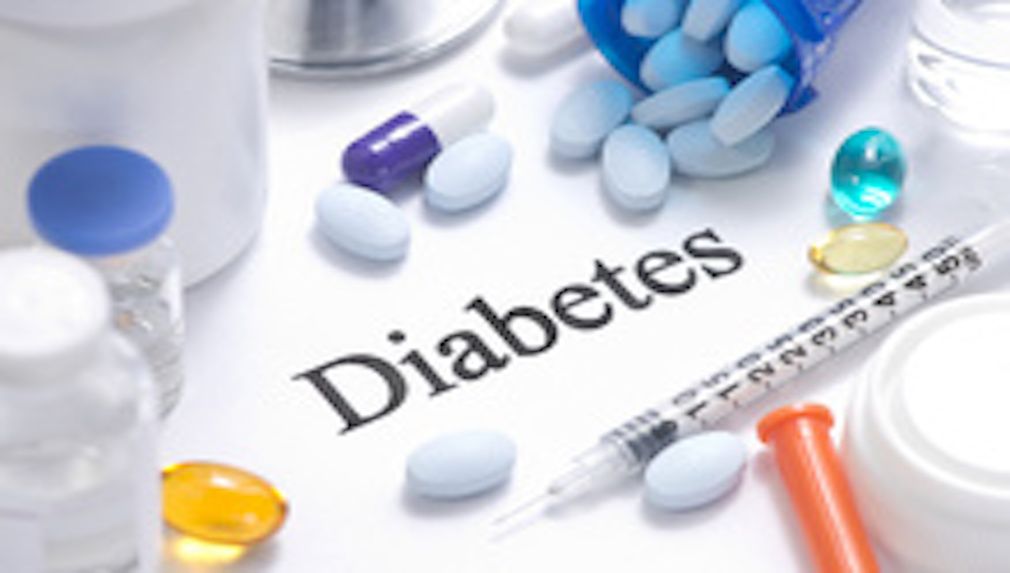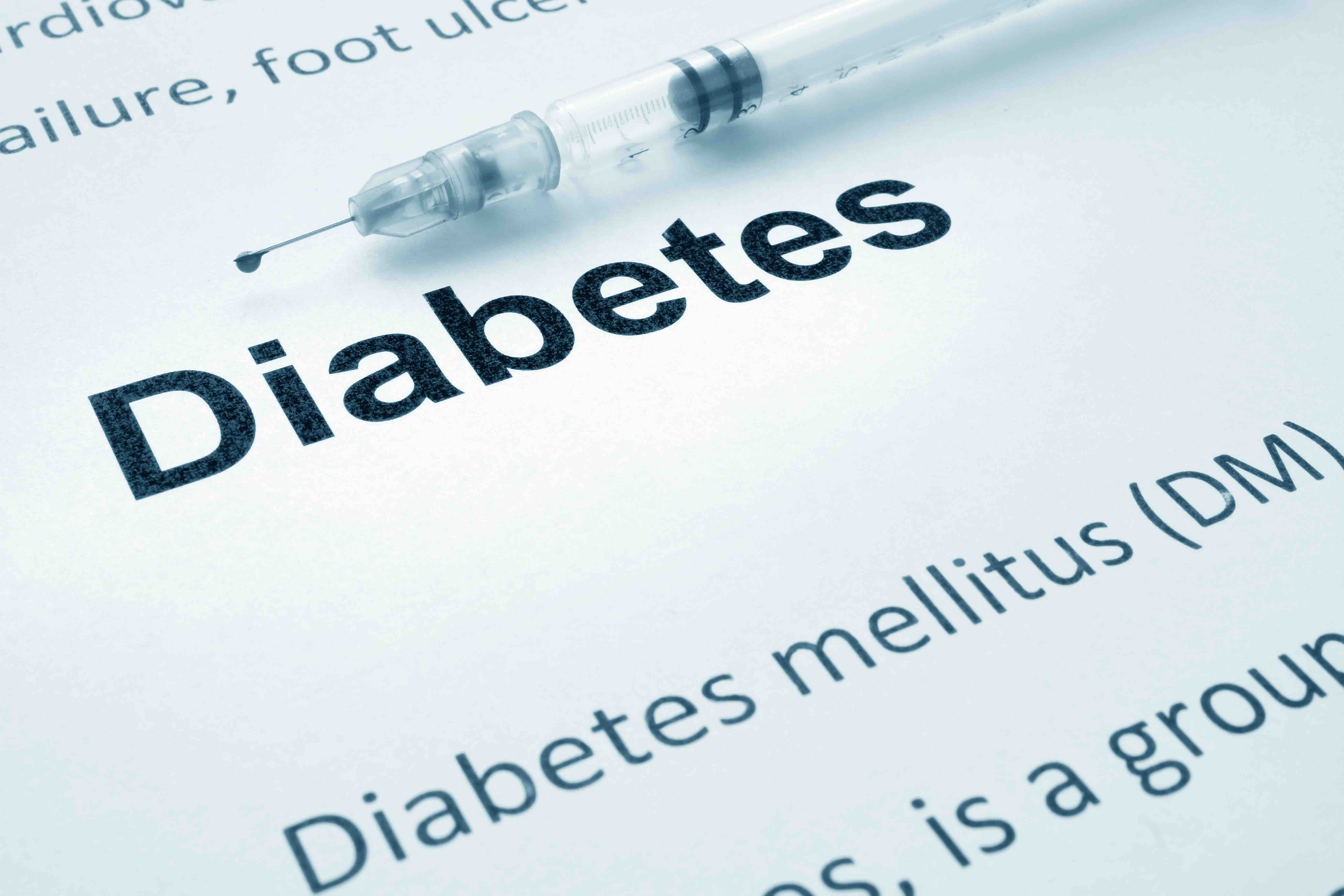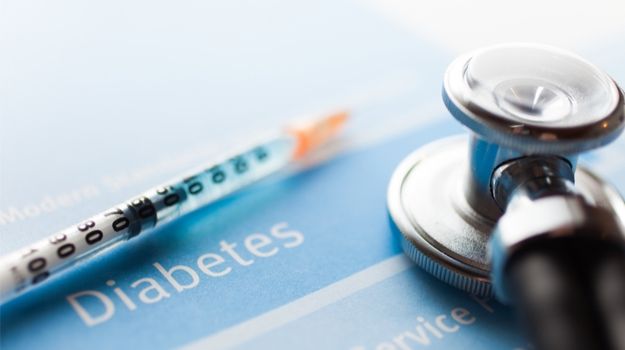Article
Predicting Incident Bone Fractures in Type 1 Diabetes Patients
Author(s):
The standard test for osteoporosis does not do a good job of predicting fractures in T1D.
Using the trabecular bone score as well as glycated hemoglobin (A1C) may help physicians predict which patients with type 1 diabetes (T1D) are most likely to have incident bone fractures, since bone mineral density is not the best predictor.
Those are the findings of a study presented at the 2015 American Society for Bone and Mineral Research, held in Seattle, Washington, October 9-12, 2015. Results were reported in Endocrinology Advisor.
“Identifying patients with type 1 diabetes who are at risk for fractures is challenging because bone density measurements do not identify those patients. They are often very young and risk prediction in younger cohorts is even more difficult,” said Thomas Neumann, MD, of Jena University, Germany, the study’s lead investigator. “So, there is an unmet need for more precise fracture risk prediction in individuals with type 1 diabetes.”
“Calculating trabecular bone score can become a new screening instrument, if we get more information on cut off values in different ages and gender.”
Studies have shown that patients with T1D face greater risk for bone fractures than those without the disease. Yet bone mineral density tests, commonly used to measure calcium levels and detect osteoporosis, do not give a good indication of exactly which patients face the greatest risk. The study presented in Seattle appears to be the first to show which patients are most likely to have fractures due to T1D, according to Neumann.
In the study, 52 men and 53 women with a mean age of 43.6 years, who had had T1D for an average of 21.8 years, were followed for 6.9 years. Researchers examined multiple risk factors, including gender, family history of osteoporosis, tobacco use, as well as bone mineral density at various points: lumbar spine, femoral neck, and hip. They also recorded the trabecular bone score and A1C.
Over time, the bone mineral density decreased at all 3 points for women, but only at the neck in men. The study found at least 1 new fracture in 18 patients, or 17.1%, but there were no differences in fractures based on age or bone mineral density.
By contrast, A1C was an indicator: those with fractures had higher values at the start of the study (65.1 mmol/mol vs 57.9 mmol/mol; P = 0.0.43) as well as lower average trabecular bone scores at baseline (1.281 vs 1.369; P = 0.013).
For Neumann, the results show that osteoporosis must be considered a comorbidity of T1D, and it further points to the need to lower A1C.
Reference
Neumann T, Keil M, Lehmann G, et al. Abstract FR0355: TBS and HbA1c but not BMD are Predictors of Incident Fractures in Type 1 Diabetes. Presented at: American Society for Bone and Mineral Research (ASBMR) 2015 Annual Meeting; Oct. 9-12, 2015; Seattle.





